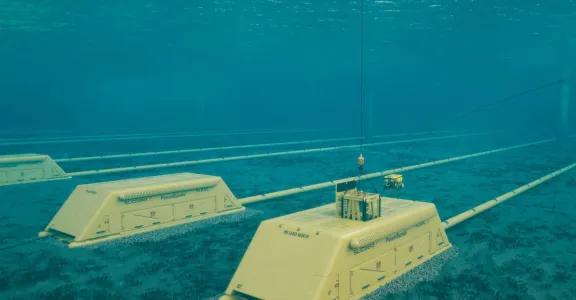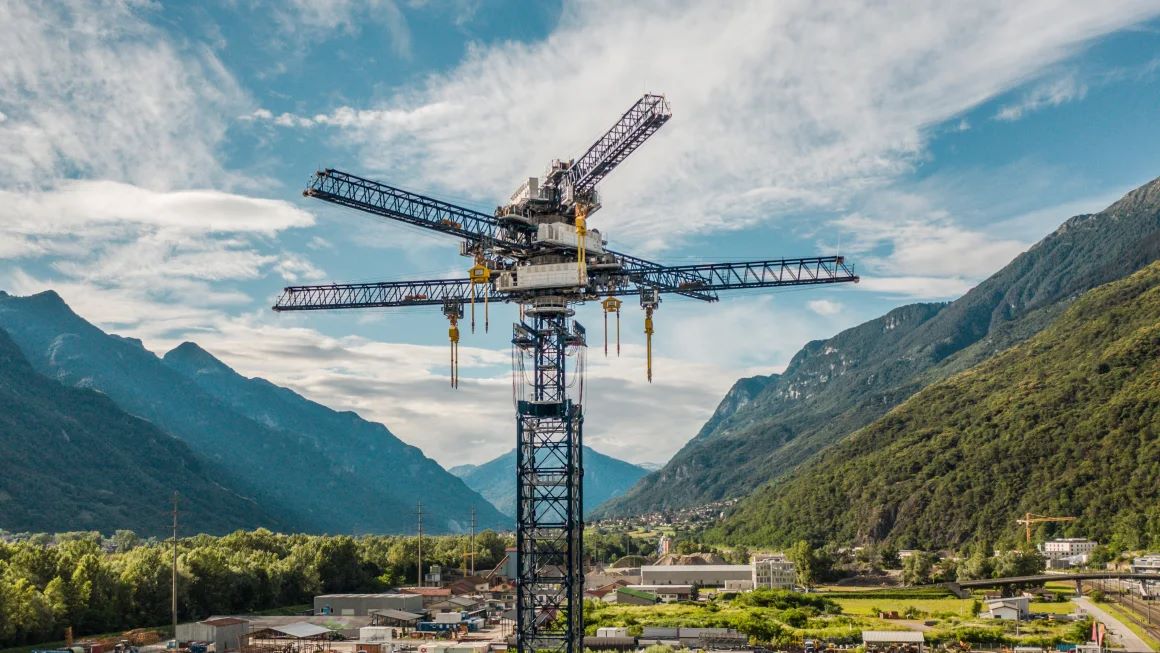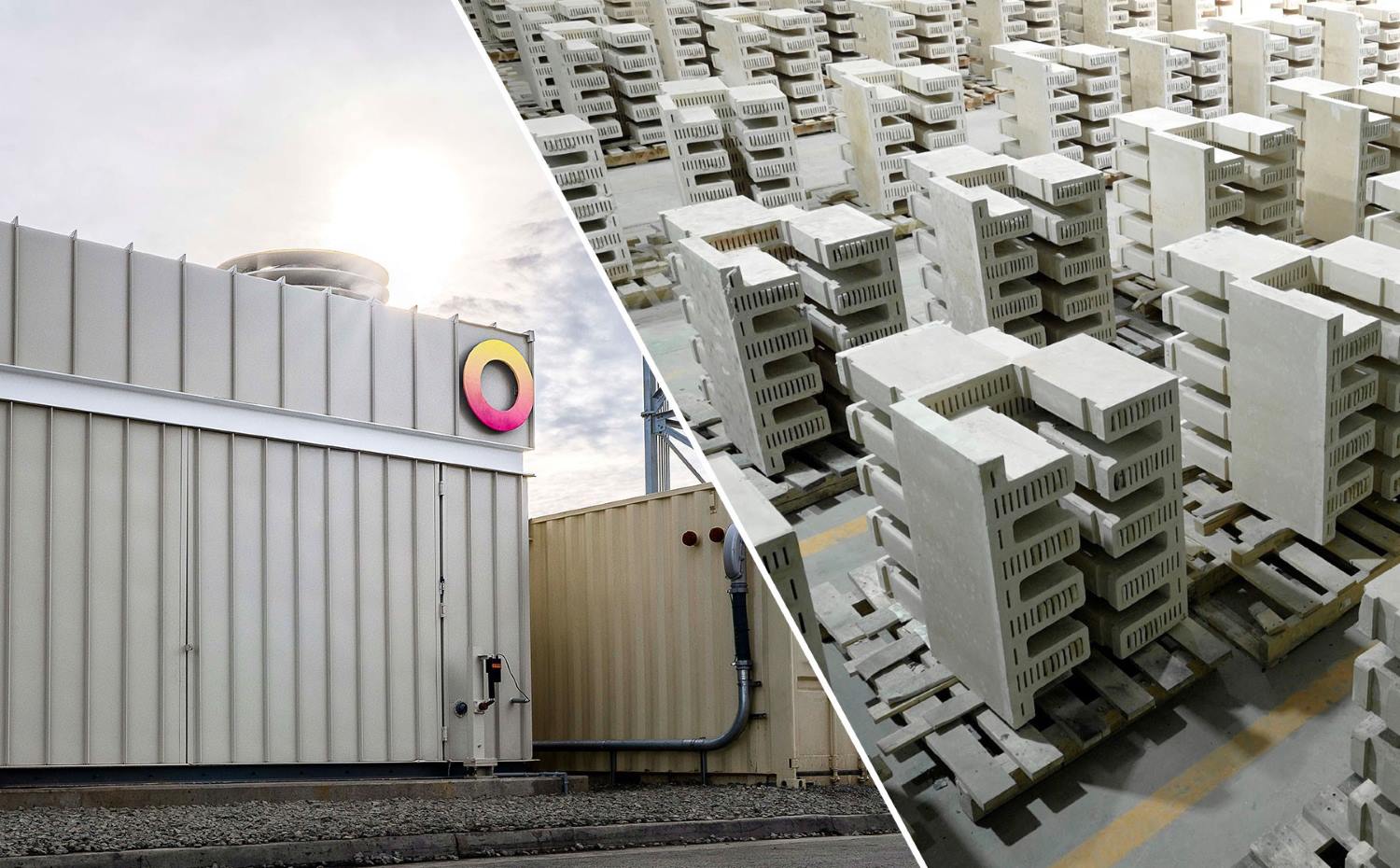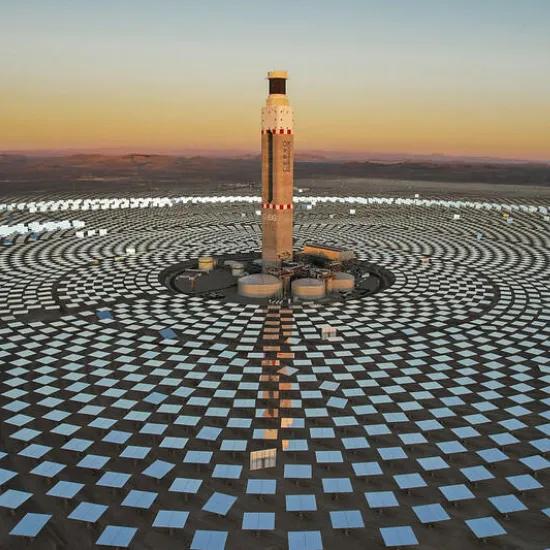Promising systems for long-duration energy storage in the making
When it comes to high-power energy storage, many opt for lithium-ion (Li-ion) technology, particularly for short durations of up to 8 hours. However, for longer storage periods, Li-ion quickly becomes too costly, and better alternatives are available. Although the cost of Li-ion batteries continues to decline, it is only a matter of time before they lose their leading position in energy storage to newer, more sustainable, and cost-effective technologies, according to a recent analysis by BloombergNEF. Thermal energy storage and compressed air technologies are already reported to be more affordable solutions in many cases.
New Energy Outlook 2024, the latest BloombergNEF (BNEF) report, presents long-term energy and climate scenarios to support the transition to a low-carbon economy. It contains independent scenarios for electricity, industry, buildings and transport, focusing on the key factors that will shape these sectors until 2050.
Thermal and compressed air technologies are currently more cost-effective than lithium-ion batteries and offer a higher maximum storage capacity, making them a more economical choice. Consequently, companies in Europe and the US are investing heavily in these technologies to enhance cost efficiency, and we can anticipate continued growth in this sector.
State of affairs
The G7 has set a target of 1.5 TW of energy storage by 2030 to support an increase in renewable energy capacity to 11 TW. To achieve this, it is crucial to balance intermittent production of wind and solar power with temporary storage.
Lithium-ion batteries continue to dominate the energy storage market due to their high energy density and strong supply chain. However, they can only last for a few hours. Concerns are growing in the West about dependency on China for lithium-ion battery supply chains, similar to Europe's past reliance on Russian gas.
This has driven startups in the EU and US to explore alternative energy storage solutions. Despite this, China is also a leader in many of these alternatives, such as low-cost compressed air storage, flow batteries, and thermal energy storage. While other countries are still in the early stages of commercialising these LDES technologies, China is already advancing with gigawatt-hour-scale projects.
Potential of long-term storage
Long-duration energy storage (LDES), where energy can be stored for six hours or more, is rapidly gaining ground. While lithium-ion batteries are cost-effective for storage durations of up to eight hours (and often much less), LDES technologies can store energy for days or even weeks. As a result, LDES technologies are essential for integrating renewable energy sources, enhancing grid stability, and reducing reliance on fossil fuels.
Price no longer an obstacle?
Many LDES technologies are still expensive, yet some are already cheaper than lithium-ion batteries. Thermal energy storage and compressed air storage have an average CAPEX of €213/kWh and €270/kWh respectively, while lithium-ion batteries land at €279/kWh. These figures are based on a maximum power output of four hours for a fair comparison.
LDES technologies have a genuine opportunity to secure a competitive position in the storage market outside of China, where the price of lithium-ion batteries tends to be higher. However, since lithium-ion batteries are already widely used in both the transport and energy sectors, high demand is expected to drive down their costs further. This makes it unlikely that LDES technologies will see a comparable decrease in costs over this decade. Additionally, the average capital expenditure (CAPEX) outside China is significantly higher; 68% more for compressed air storage, 66% more for flow batteries, and 54% more for thermal energy storage.
Time is ripe for investment and innovation
As LDES technologies also offer great investment potential for local industries outside China, such as in Europe and the US, they are a driver of innovation. These markets are developing a wider range of technologies today, including variants on flow batteries, compressed air, compressed gas, thermal storage, gravity storage and new pump batteries.
Key drivers are ambitious clean-energy targets, the rising cost of lithium-ion batteries (despite the falling overall price) and the need for non-Lithium-based alternatives. As the contribution of LDES technologies to energy networks, industrial processes and sustainability goals is increasingly acknowledged, innovation and cost efficiency will increase and growth will accelerate.
Western LDES developments
Examples of recently developed LDES technologies can be found in both Europe and the US:
Flow batteries are developing rapidly. Consider the hydrogen bromide flow batteries from Dutch company Elestor, for cheap, long-term energy storage. Another recent solution for offshore energy storage is hydropneumatic storage systems, such as that of Dutch startup FLASC, which stores energy locally (underwater) via a plug-and-play system using hydraulic pumps, pressure vessels, turbines, compressed air and seawater.
Swiss company Energy Vault is developing gravity-based energy storage systems hat use surplus renewable energy to lift large blocks as weights. When energy demand exceeds supply, these weights are lowered, releasing kinetic energy back into the grid. In theory, this method allows for indefinite energy storage, unlike batteries. However, potential energy losses, such as those caused by friction during the conversion process, must be considered.
US startup Rondo Energy has developed a system to store energy as heat in materials, which function as heat batteries. These batteries use electric heating elements to convert excess power into heat. Thermal radiation heats bricks, sand or even volcanic ash at temperatures of up to 1,500 °C. Heat can thus be stored for hours to days with only minor losses (less than 1 per cent per day). The stored energy is delivered back as heat. The heat battery can be easily integrated into an existing infrastructure.
Would you like to know more about thermal energy storage?
LDES using thermal energy storage involves capturing and storing heat for later use, helping to balance energy supply and demand. This can be achieved through various methods, such as sensible heat storage, latent heat storage, and thermochemical storage.
To learn more about these technologies and their current and future applications, join us at our thermal energy storage event in February 2025. More information on this event will follow.







